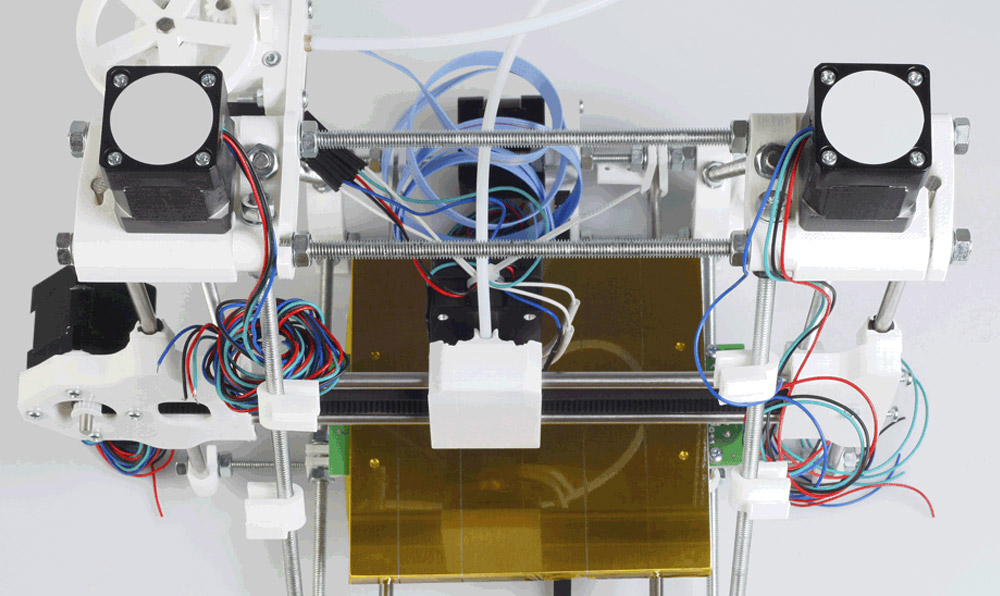When hiring foreign workers most companies and research institutions are diligent about using restricted/denied party screening to find out exactly who is behind that glowing resume.
If someone’s on a government watch list, you definitely want to know before you assign him a parking space and show him the lunch room. But there’s more to compliant hiring practices than restricted or denied party screening: proper completion and submission of your I-129 form is critical. With it, you’re stating whether or not a prospective employee requires an export license, and you’re telling the government that you’ve done everything possible to avoid violations of deemed export laws. The declaration requires a thorough fact-finding process.
Here are three things to ask yourself as you prepare the documentation:
1. What Will This Employee Be Doing (and With Whom Will They Be Doing It)?
Specificity is key. A job title without a detailed job description simply won’t cut it. Consult with your Human Resources department to be certain you have all the facts about the role being filled, and what that means in terms of deemed export compliance. With which departments will the employee need to interact? To which areas of the plant will they require access? With this information, go to the relevant department heads and IT officers – you must find out whether or not your prospective employee would be exposed to any restricted technology and/or technical data, and therefore require an Export License.
2. Can We Stand Behind What We Declare?
So the foreign national’s job description doesn’t include access to controlled technology or technical data? Great, you’re off the hook, right? Wrong. Regardless of the job description you’ve provided, an I-129 submission must include a declaration that your company/research institution will prevent access by the foreign national to any unlicensed technology. If something does go wrong and a deemed violation occurs, you don’t want an investigation to determine you didn’t do anything to try to prevent it. If the employee’s responsibilities change and access to controlled technology becomes likely, the applicable license has to be acquired before they dive headfirst into their new duties.
3. How Are We Going to Keep Track of All the Information?
Proper I-129 Part 6 completion involves collecting and managing a huge amount of information regarding (a) the prospective employee, (b) the job description, (c) the departments and persons with whom the employee with have contact, and (d) the technology and technical data to which the employee will have access. You need to make certain that all of this information is accurate, that the right people have reviewed and assessed it, and that it’s all submitted correctly. It’s not a single task; it’s a process, and one that cannot be completed overnight. The way that you document each of your steps, where you are in the process, and who is responsible for what is vitally important. Be certain you have a system for I-129 completion that helps ensure your information is accurate, accessible and shareable with those who require it. It’s the best way to minimize human errors, oversights and lost information. An automated solution is often the preferred choice for organizations that want to keep the I-129 process as fast, simple and reliable as possible.
Whatever your industry or field of research, hiring foreign nationals can offer a host of benefits. Taking the time (and having a plan) to make sure your I-129 submissions are correct can help ensure your organization reaps those benefits and protects its compliance.


